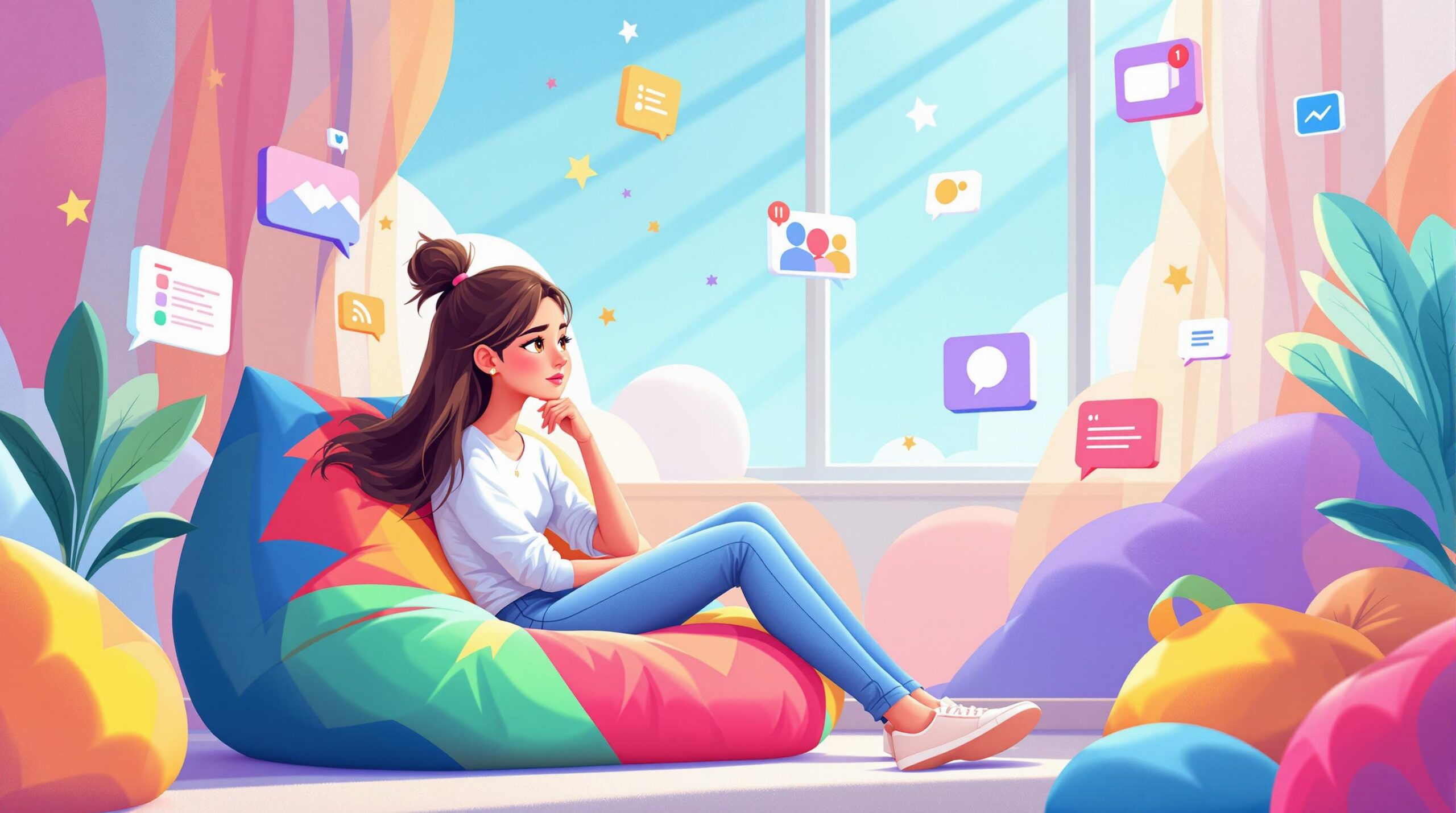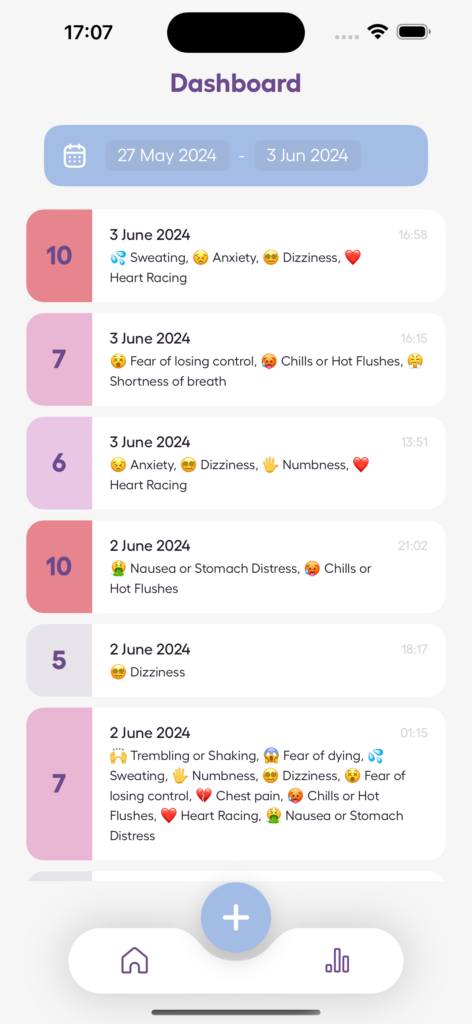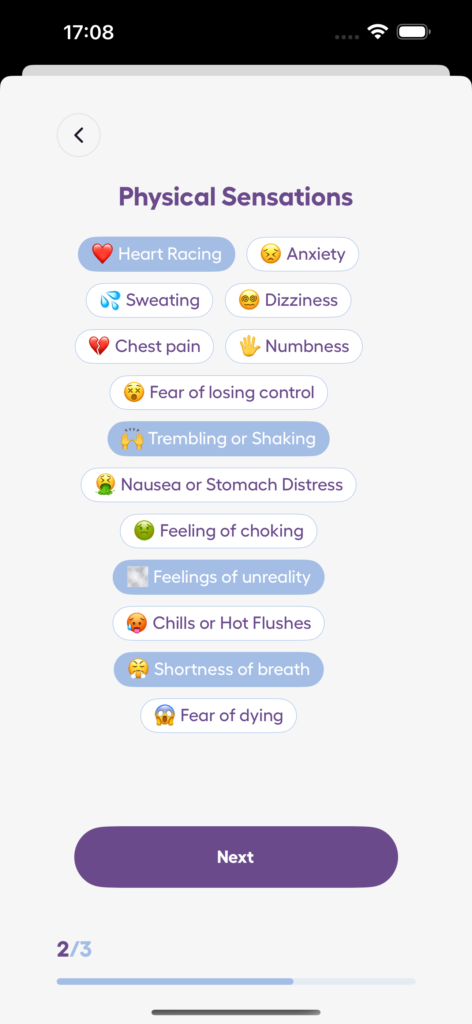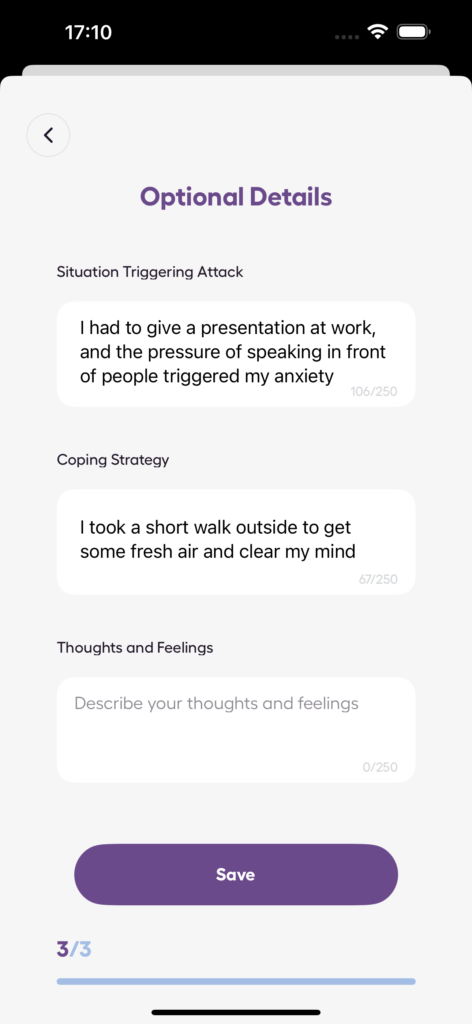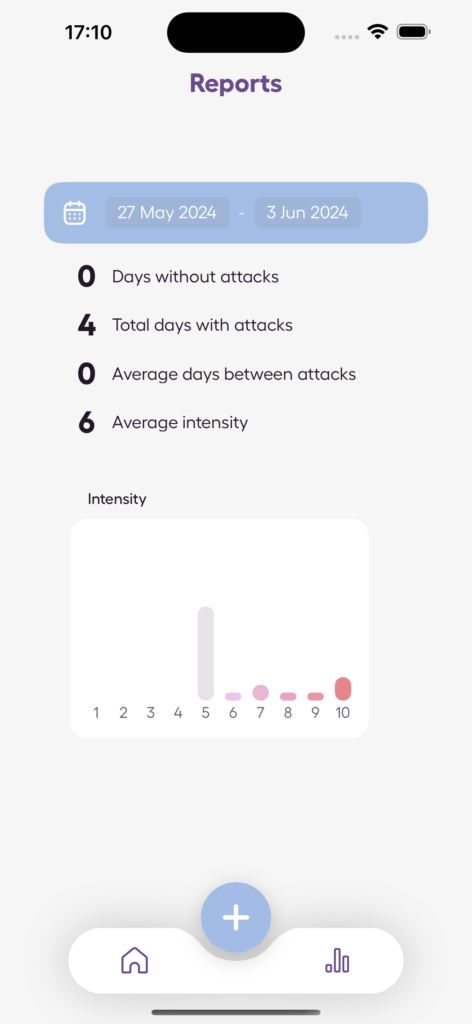Teens who spend over 4 hours daily on screens are 35% more likely to experience anxiety. This article explores the link between screen use and rising anxiety rates among U.S. teens, backed by data from the 2024 National Youth Health Survey. Key findings include:
- Teens from lower-income households and rural areas face higher anxiety risks with increased screen time.
- Screen use disrupts sleep, fosters unhealthy social media habits, and reduces physical activity, all contributing to anxiety.
- Practical solutions include setting screen time limits, encouraging offline activities, and using tools like anxiety journals to track and manage stress.
Families can take these steps to help teens improve mental health and reduce anxiety.
Teens who spend 4 or more hour on phone a day likely to …
Research Data: Screen Time and Teen Anxiety
This section dives into the numbers behind the connection between screen use and teen anxiety, expanding on the earlier discussion of national trends. Recent U.S. surveys reveal a clear link between daily screen use and anxiety levels in teens. The 2024 National Youth Health Survey, which included 15,000 participants, measured both average daily screen hours and anxiety scores.
Screen Time Hours and Anxiety Rates
Teens who spend more than 4 hours a day on screens report 35% more anxiety symptoms compared to those who spend less than 2 hours daily. The data shows a strong correlation between increased screen time and higher anxiety scores across all age groups, from 13 to 19 years old [2]. These findings underscore key thresholds that could guide intervention efforts.
Social and Economic Factors
The impact of screen time on anxiety isn’t uniform across all groups. Teens from lower-income households experience a sharper rise in anxiety with each additional hour of screen use [3]. While both urban and rural teens show increasing anxiety levels, the rate of increase per hour is 5% higher in rural areas [4]. These variations highlight the importance of tailoring strategies to address specific social and economic contexts.
sbb-itb-b1dedcc
Screen Time Effects on Teen Mental Health
Too much screen time impacts teen mental health in several ways, often creating a cycle that worsens anxiety.
Sleep Disruptions
Using screens in the evening can interfere with melatonin production, making it harder for teens to fall asleep. This often leads to poor sleep quality and daytime fatigue. Over time, chronic lack of sleep affects emotional balance and increases anxiety levels.
Social Media and Self-Perception
Heavy use of social media can encourage constant comparisons and a reliance on likes for validation. Research shows that excessive time on these platforms is linked to negative self-esteem and increased anxiety, as teens often feel pressured to meet unrealistic standards.
Reduced Physical Activity and Personal Interaction
Spending hours on screens often means less time for exercise and face-to-face interactions – both of which are critical for mental well-being. Reduced physical activity lowers mood-enhancing endorphins, while fewer in-person connections can lead to feelings of isolation and heightened anxiety.
Steps to Reduce Screen Time and Anxiety
Taking specific actions can help manage screen use and reduce anxiety, especially for teens.
Set Screen Time Boundaries
Create device-free zones and times, like during family meals or in bedrooms. This encourages more in-person interaction and helps teens step away from screens. Work together as a family to establish consistent screen-free periods that everyone follows.
Explore Offline Activities
Engaging in offline activities can help relieve stress and reduce reliance on screens. Try encouraging participation in team sports, picking up hands-on hobbies, or organizing face-to-face gatherings with friends. These activities not only provide a break from devices but also promote mental and physical health.
Use an Anxiety Journal
An anxiety journal can be a helpful tool to track stress levels, panic attacks, and triggers. By logging entries by date or symptom, users can identify patterns and work on managing their anxiety. Features like guided breathing exercises and visual progress charts make it easier to monitor and improve mental well-being over time.
Conclusion
Research shows that teens spending more than 4 hours a day on screens face a 35% higher risk of anxiety. Families can address this by creating screen-free spaces, encouraging offline activities, and using tools to track stress and emotional health. These actions can improve sleep, strengthen personal connections, and support emotional stability in teenagers.
